Some of you reading this will quite happily drive a race-prepared car on the road. We know this because some of you turn up to Hagerty’s own events in the things, possibly with somewhat impaired hearing but almost always with a smile to rival that of Wonderland’s Cheshire cat.
Not everyone is quite prepared to go that far, but there’s still an appetite among enthusiasts for cars that strip out unnecessary weight and equipment to the benefit of driver enjoyment. We know this because BMW has just launched the M4 CSL, and Porsche its 911 GT3 RS, the latest in a long line of pseudo road racers aimed at those who don’t mind climbing over the odd roll cage or steep-sided bucket seat before they thumb the starter button. [Bring back ignition keys! Ed.]

At nearly £130,000 though, you could buy a regular M4 and a pretty good trackday car to go alongside it for similar money. Better still, you could buy many of the ten modern-classic road racers below – each of which is just a little more special, if a little more raucous, than their more conventional counterparts.
Audi TT Quattro Sport
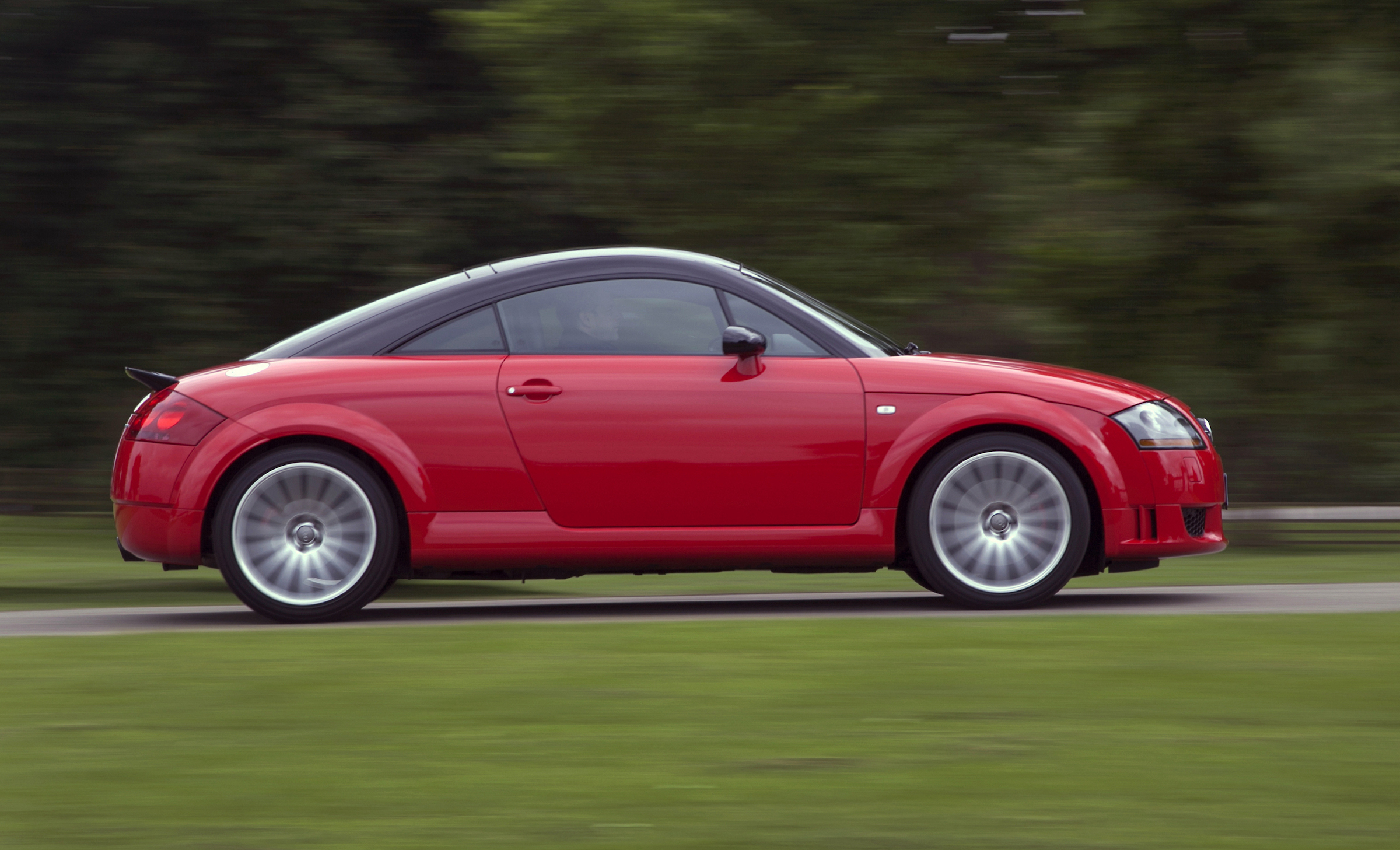
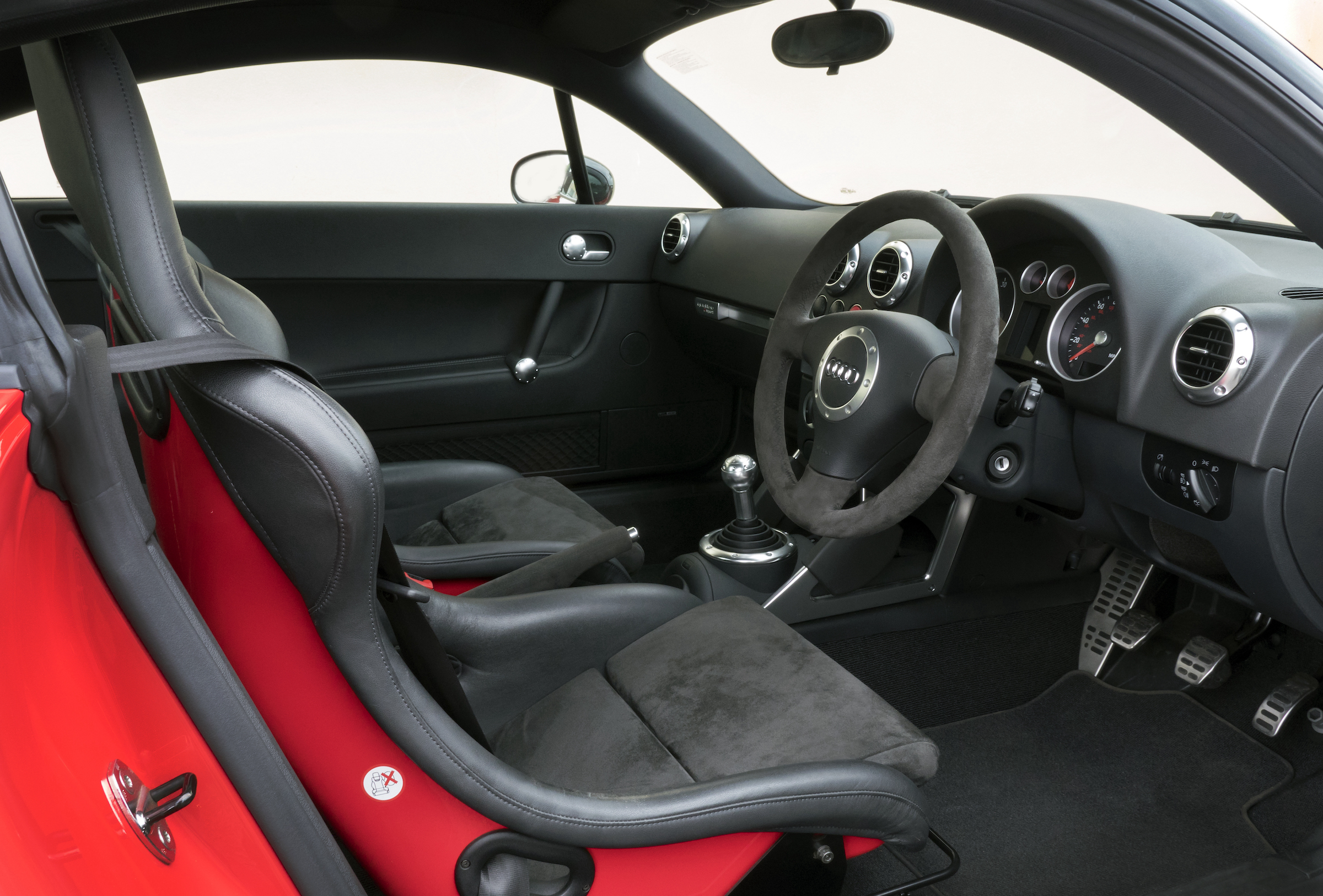
The Audi TT – stylish, understated, secure – does not seem like the natural basis for a stripped-out, focused road racer, but that’s exactly what Audi offered when it created the TT Quattro Sport in 2005.
Reprising the name last seen on box-arched rally cars, the Quattro Sport shed up to 75kg from the standard TT 225, and offered more power too with a 237bhp output from its 1.8-litre turbo. Those weight savings came via removal of the rear seats (with a strut brace and luggage net in their place), as well as replacing the front pair with some fixed-back Recaro buckets.
Audi squeezed 18-inch alloys under the bodykit from the V6, while two-tone paintwork (aside from the all-black option) helped it stand out further. Along with chassis upgrades, the ‘QS’ really did give the TT driver’s car credibility – if not quite turning it into the GT3-lite its looks suggested.
Caterham Seven
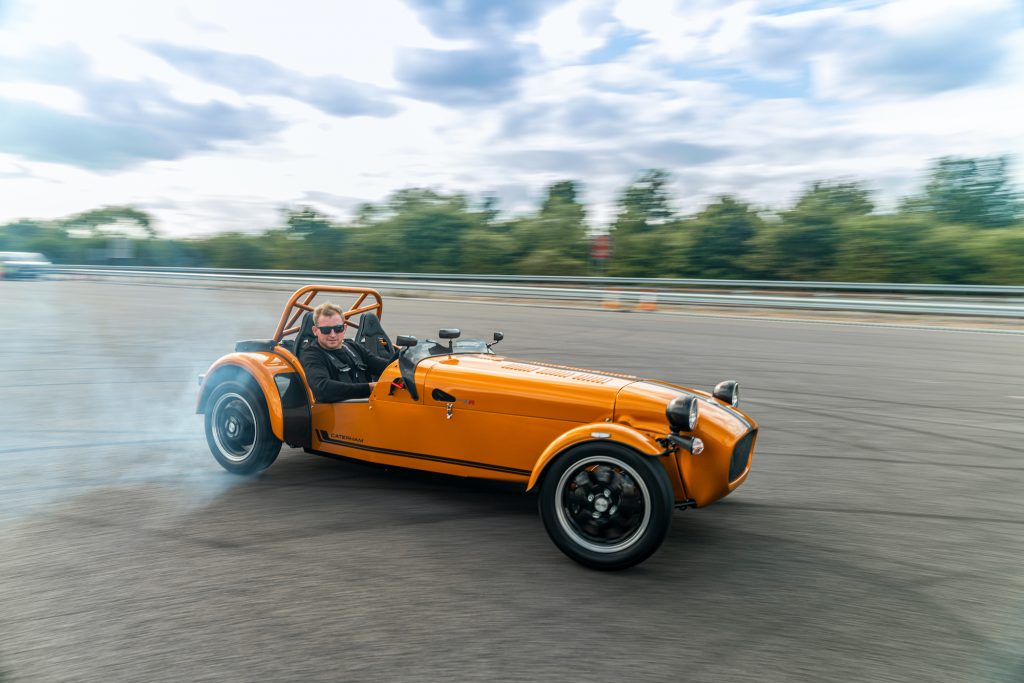
Think ‘road racer’ and one car justifies the description more than perhaps any other: the Caterham Seven. Even in its most basic form a Seven is a more visceral machine than cars with two or three extra zeros on the end of the price tag, but choose the right model and you could pretty much enter your weekend wheels in a race. And win.
In the modern Caterham range, that typically means choosing the R pack with sport suspension, a limited-slip differential and sticky Avon tyres rather than the more road-biased S pack, but options up to and including full roll cages and fire extinguishers are available.
Or, you could dig through the brand’s historical range, for models like the utterly heavenly, original Superlight that took a bow in ’96, the barmy carbonfibre-packed Superlight R that came out a year later, the R500, or searing highlighter-yellow JPE – which Editor Mills drove recently.
BMW M3 CS
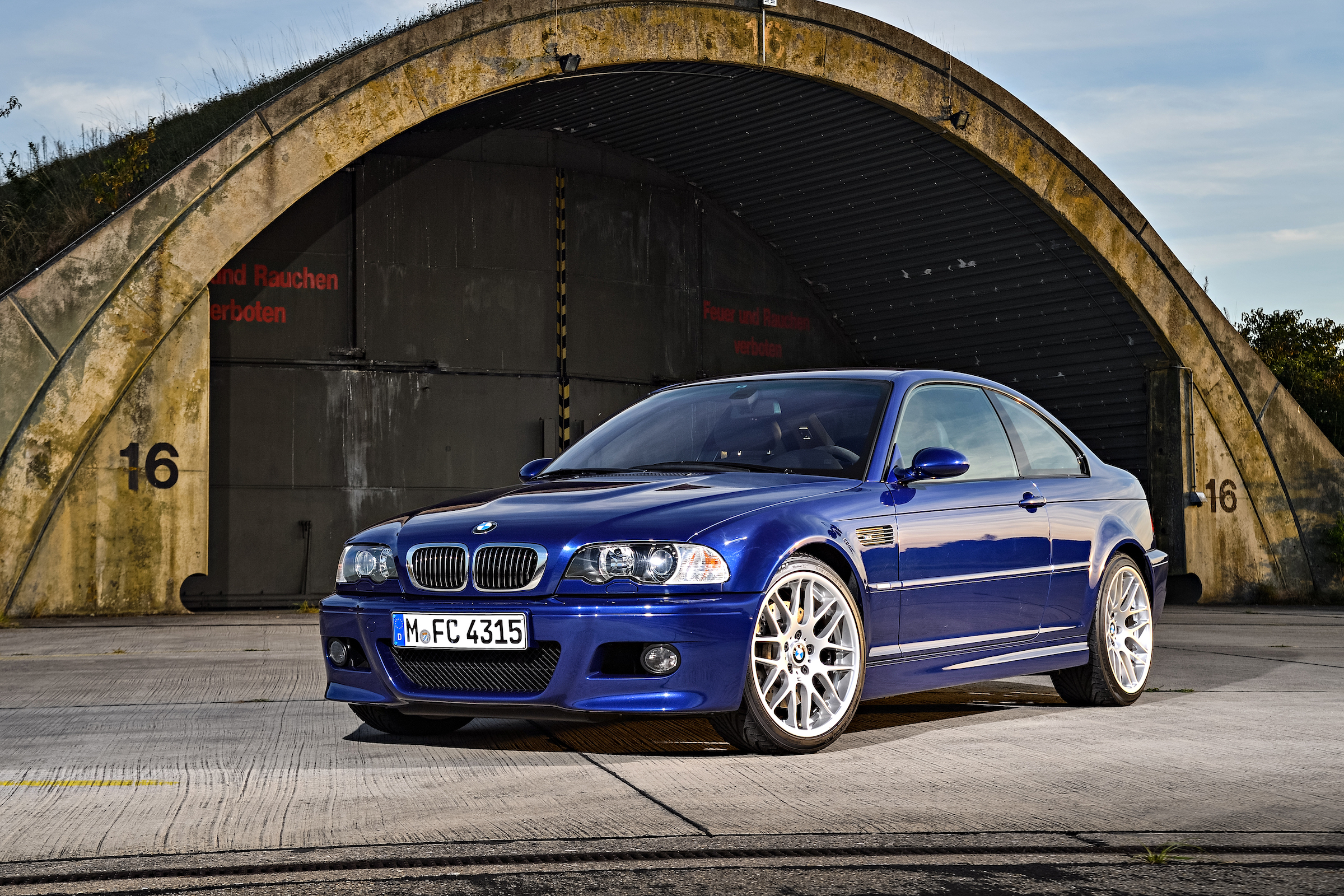
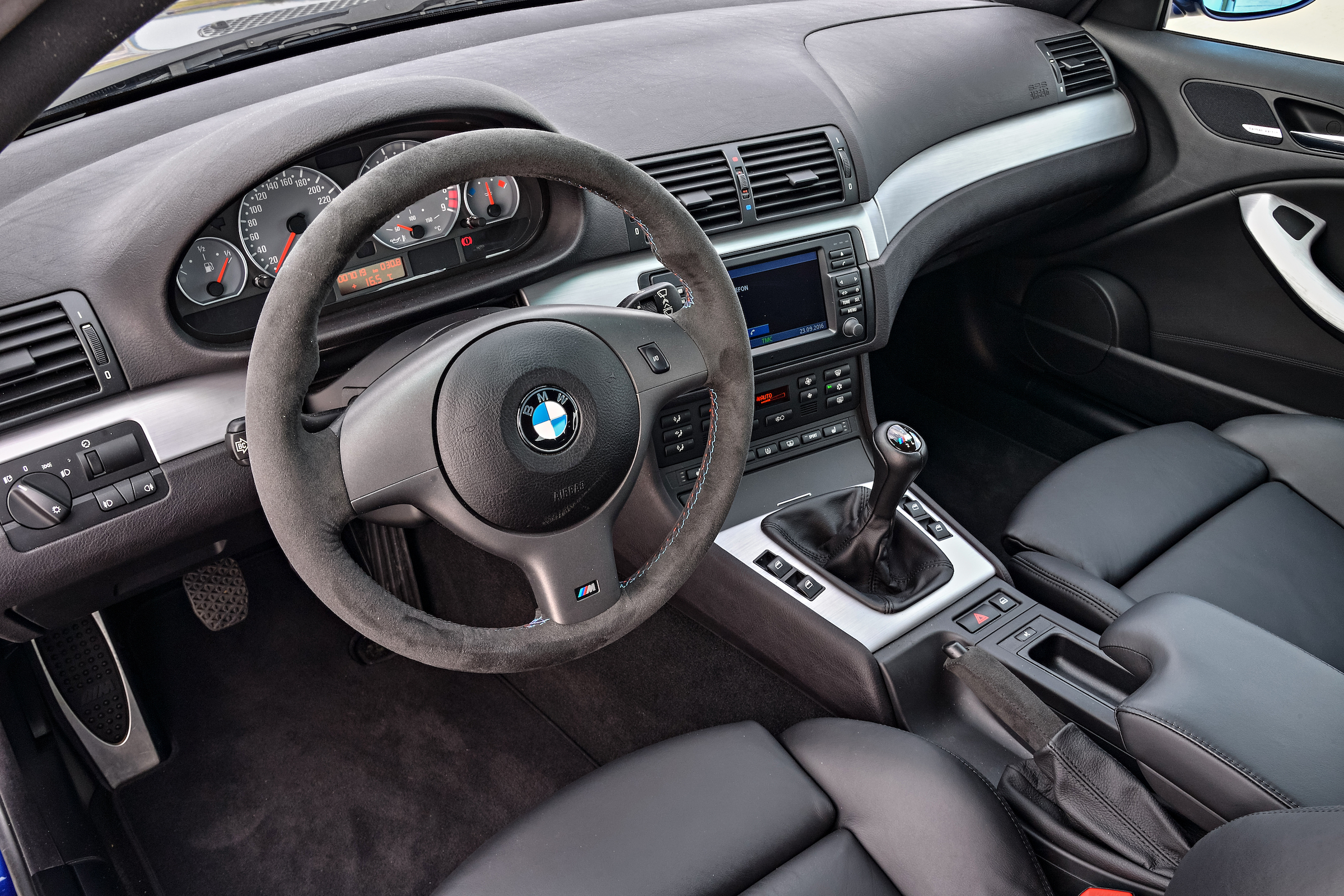
The latest M4 CSL has several spiritual predecessors, working backwards through the M4 and M3 GTS models, and of course the E46-generation M3 CSL. But predictably, all are prized by enthusiasts and collectors – so none could be considered wallet-friendly alternatives to the latest car.
The E46 M3 CS though could still fit the bill, and out of the box it has one thing that none of the later hardcore BMWs do: a manual transmission. Pitched as a less extreme version of the CSL (and available after all CSLs had sold out), it nevertheless had many of the parts that made that car great.
Those same stunning BBS wheels, for instance, and the same Alcantara-trimmed steering wheel inside. The same faster steering rack, the same track mode for the ESP, and the same front brake discs. While its 338bhp output matched the regular E46 M3 and it lacked the CSL’s natty ducktail bootlid, it was a better car than the former and far, far more accessible than the latter – and with prices still under £50k, remains so today.
Honda Integra Type R
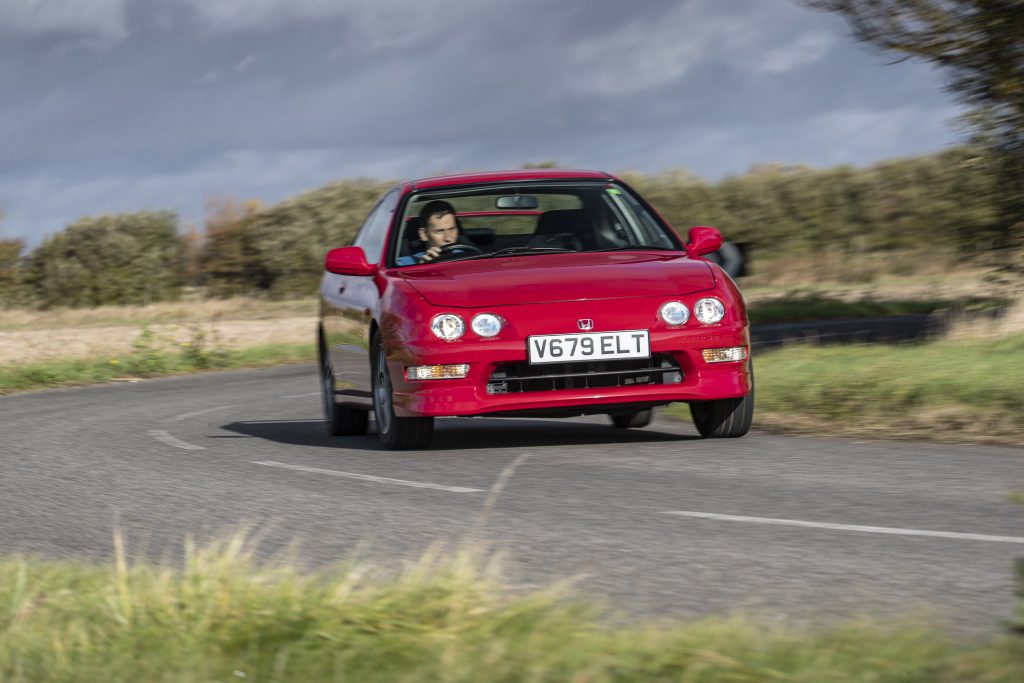
You already know the Honda Integra Type R is one of the best front-wheel drive cars ever made, and in the upper echelons of performance cars full stop. Plenty of road tests will have told you that.
What isn’t clear from the glowing prose is just how much Honda did to the relatively humble Integra platform to turn it into a car that, in its day, and in the hands of touring car driver James Thompson, set the Group N lap record at virtually every race track in the UK.
Thinner glass, thicker metal where it was needed for extra strength, a seam-welded shell, less equipment, less sound deadening, extra chassis bracing, revised suspension, closer gear ratios, a limited-slip diff… and of course, a high-compression, hand-polished VTEC engine. The result wasn’t just a great road car, but one with the kind of engineering effort you’d expect to see on a racer.
Unmodified ones are becoming rare and prices have risen beyond cars you might have considered rivals at the time, such as the Peugeot 306 GTi-6 and Renault Sport Clio 172. It’s still good value for the experience though, so if you spot one and feel the need to scratch an itch, jump to it faster than you can say VTEC, yo!
Lotus Exige
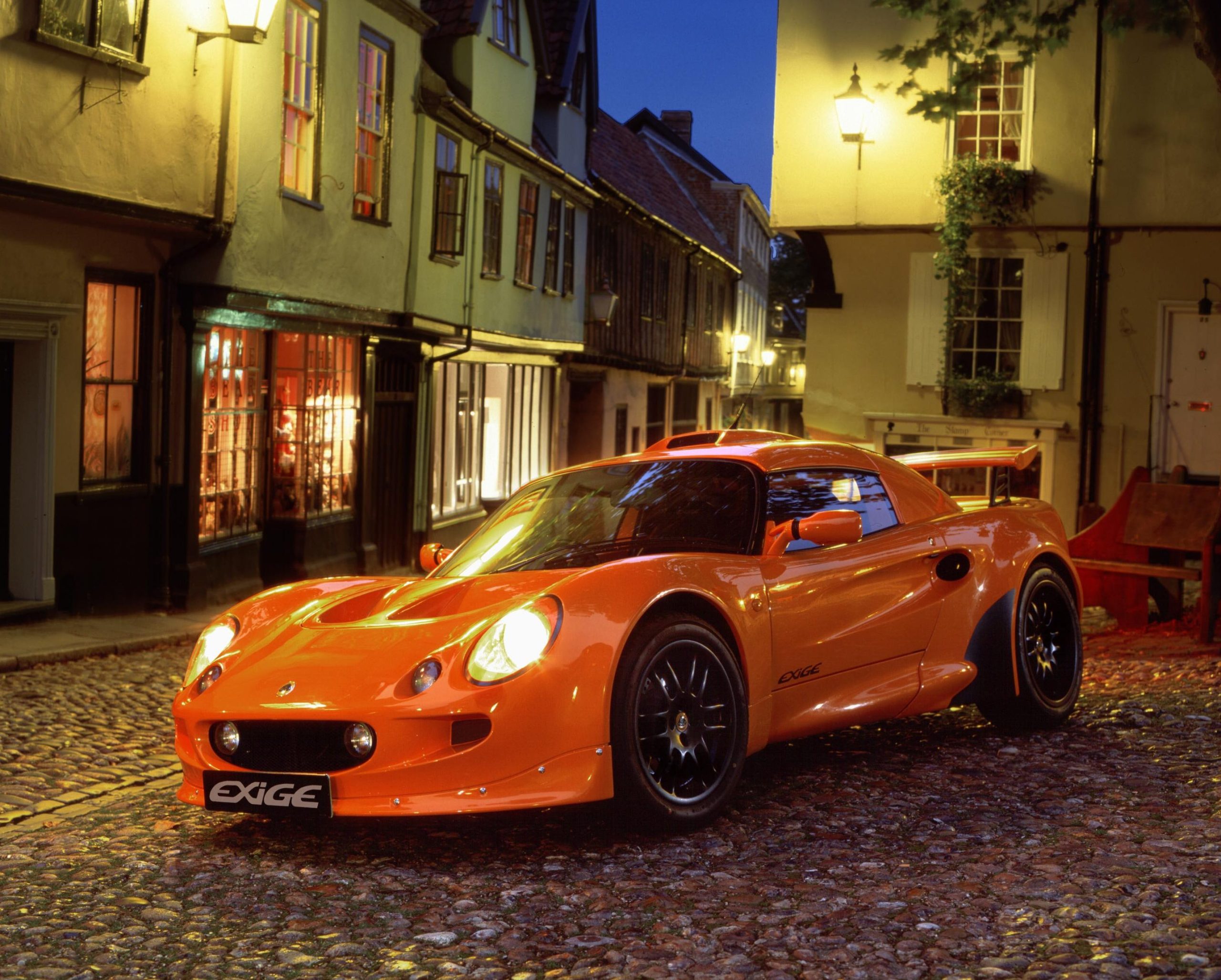
Like the Caterham Seven further up, the Lotus Exige is a case for simply creating a car designed to thrill from the outset, rather than attempting to reverse-engineer a family car into something worthy of both road and track.
Not that the Exige sprung into existence from nowhere – even at a glance, you can spot its roots in the Lotus Elise launched in 1996. But if the Elise was already a flyweight, pared-back machine, the Exige turned the dial a little further.
The changes weren’t insignificant: early S1 cars featured a high-output version of the Rover K-series with 177bhp, a fixed roof with a fastback-style rear clamshell and kamm-tailed rear end, a fixed wing, front splitter, and a wider track. And like every Exige since, it excelled – even more so than the Elise – on track. These are gloriously raw, dialled-in machines that require skilled technique to get the very best lap time out of them. But as you can see from the Hagerty Price Guide, the Mk1 Exige is rising in value.
Mini John Cooper Works GP
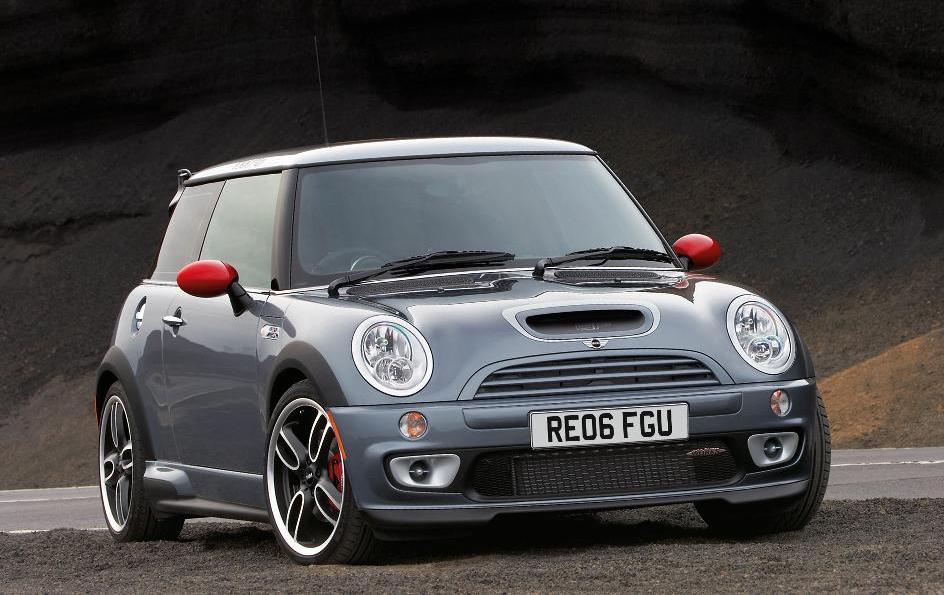
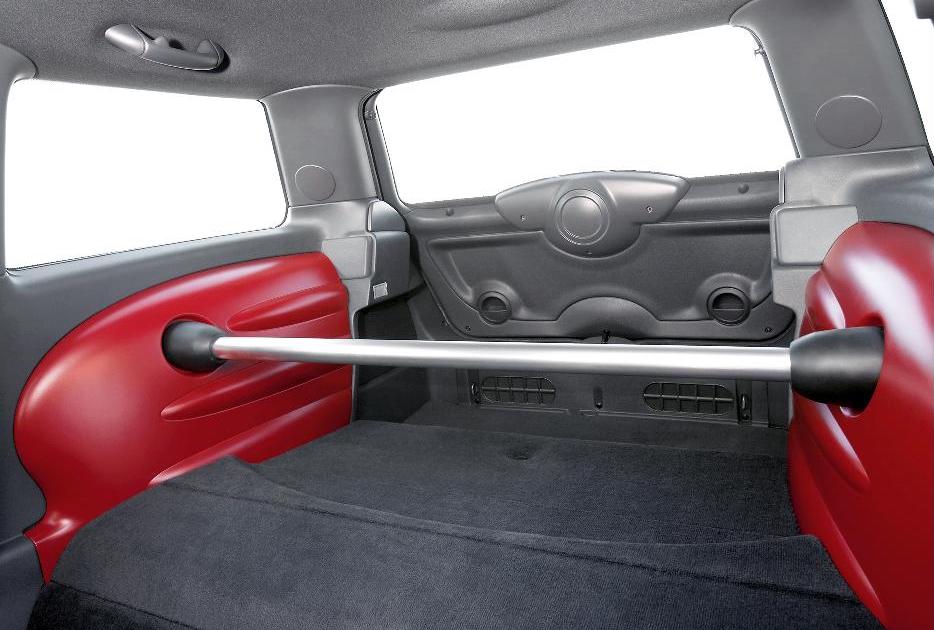
It’s become a time-honoured recipe of the tin-top road racer: Strip out the rear seats and put either a half-cage, or a strut brace in their place. The result is less weight and a racier feel – without losing niceties like a properly-trimmed luggage area, naturally.
The Mini John Cooper Works GP was among the first to go down this path when it emerged in 2006, based on the supercharged R53-generation Cooper S. With all the boxes ticked – including deletion of the air conditioning – Mini claimed a 40kg weight saving.
It made more power too, at 215bhp compared to the S’s 168bhp. BMW bods called the end result a kind of CSL version of the Mini, and it’s perhaps the best-driving of any Mini built under BMW – fast and fun, but also pliant and tactile.
Peugeot 205 Rallye

We know exactly what compelled Peugeot to deliver stripped out road racers, and it’s right there in the name: rallying. The 205 wasn’t the first to get the Rallye treatment (predated by the Talbot Samba Rallye under PSA) and certainly wasn’t the last (106 and 306 Rallyes came after), but it might be the purest expression of the concept.
For a start, it was outstandingly light. 205s were hardly flabby to begin with but with almost nonexistent equipment (even some interior vents were removed), the Rallye bounced in at only 793kg.
The engine was built for rallying homologation, Peugeot taking out its 1.1-litre XU engine to 1294cc and bolting on a pair of twin-choke 40mm carbs, while chassis upgrades were adopted from the 205 GTi. The result wasn’t just a club-rallying favourite, but an intoxicating, if frenetic road car.
Renault Clio 172 Cup
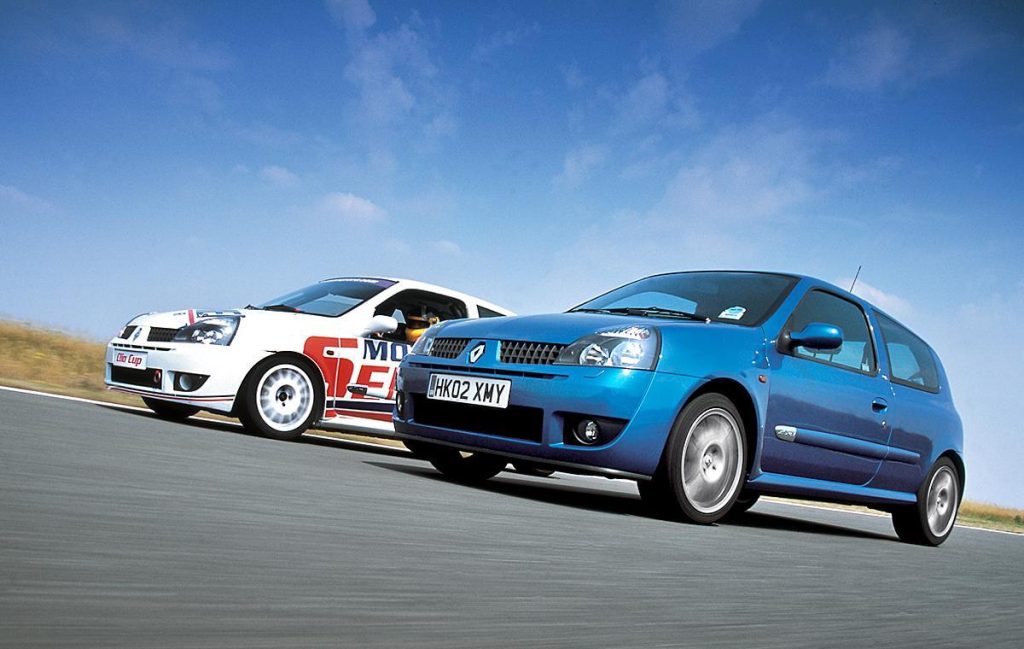
Oft-overlooked in the pantheon of great Renault hot hatchbacks, the Clio 172 Cup was the sort of car we wish manufacturers would offer more often: all the best bits from their performance model, but with less weight, less kit, and importantly, a lower price to go with it.
The phase 2 Clio 172 took a while to worm its way into road testers’ affections, but the Cup was the car to really land a blow. Out went aircon, ABS, traction control, and even nicely-trimmed seats – basic cloth is all you got, since Renault expected most people to swap in buckets anyway. In came a new splitter, rear spoiler, and some gorgeous Speedline Turini alloy wheels.
So light was the Cup, at 1021kg, that it was nearly as quick in a straight line as the mad Clio V6, but far better around the corners. The 182 Trophy of 2005 is the real hot-ticket Clio, but the 172 Cup is the one with the homologation kudos.
Renault Sport Mégane R26.R
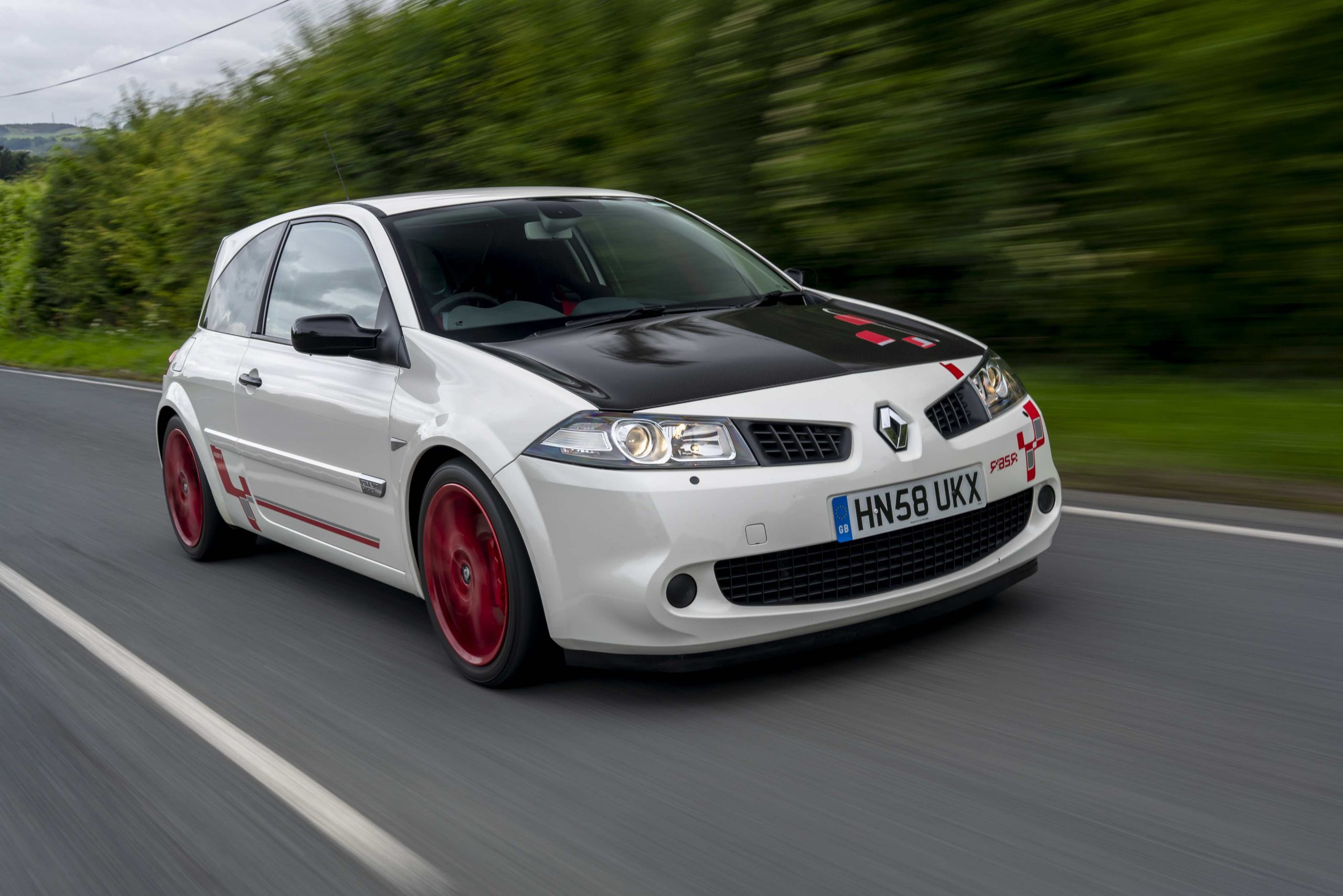
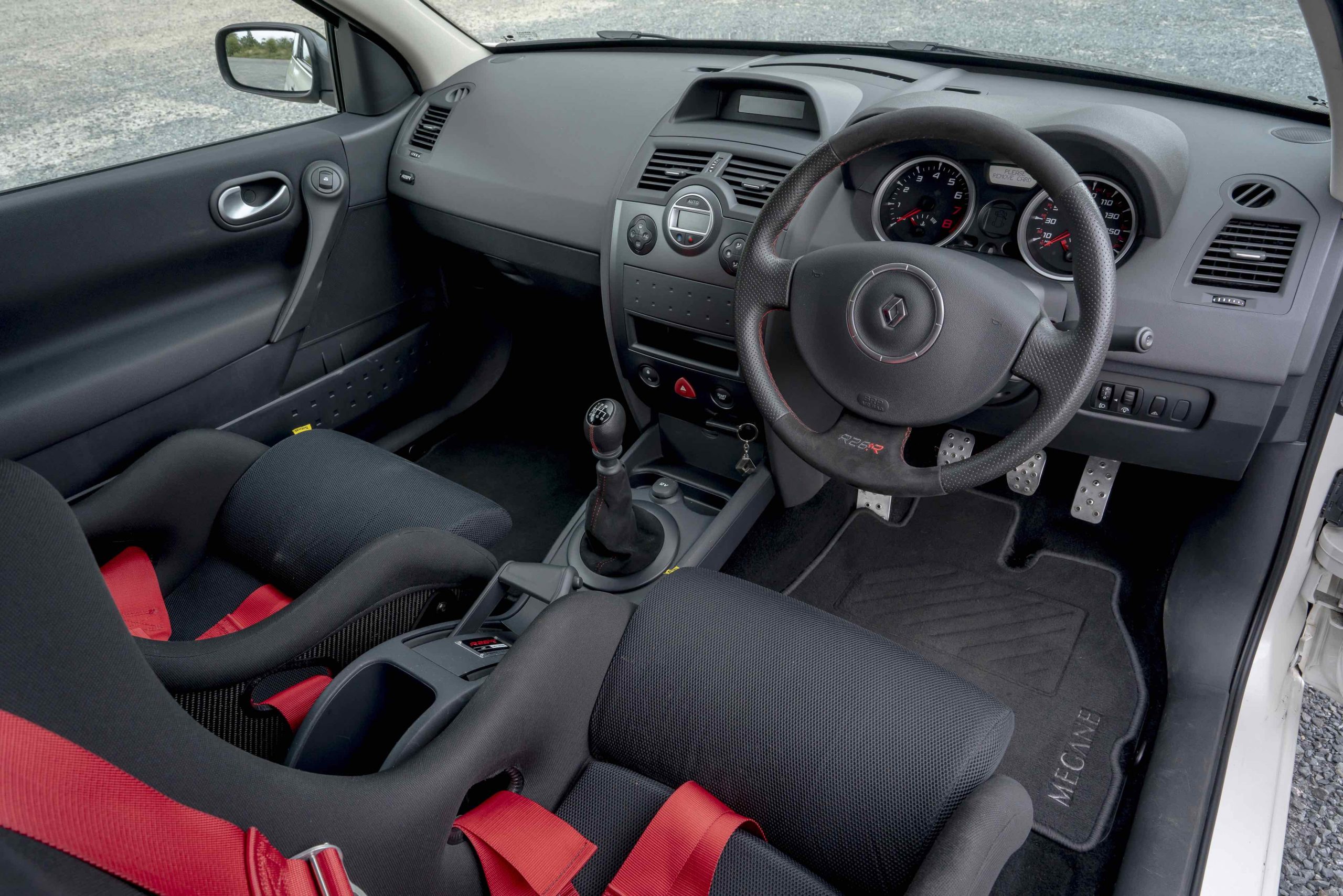
If the 172 Cup was Renault’s ‘Rallye’, the Renault Sport Mégane R26.R was more like Renault’s 911 GT3 RS. And like Porsche’s sharpest 911, the Mégane has since become as much a favourite with collectors as with drivers.
Five years after the Mégane 225 had arrived, Renault Sport perfected the recipe with the R26.R. There were many clever touches under the skin, but perhaps the most significant result of a 123kg diet (including plastic rear windows and carbon Sabelt racing seats) was that it allowed Renault Sport to actually soften the suspension – meaning the R26.R didn’t just handle, it rode even better than the standard car too.
Paired with the blast-furnace Akrapovic exhaust system for the 227bhp engine, a half-cage, and harnesses, the R26.R is exciting from the moment you flop into the buckets to the moment you stop again, brakes smoking and engine bay ticking. One of the all-time greats.
Volkswagen Golf GTI Clubsport S
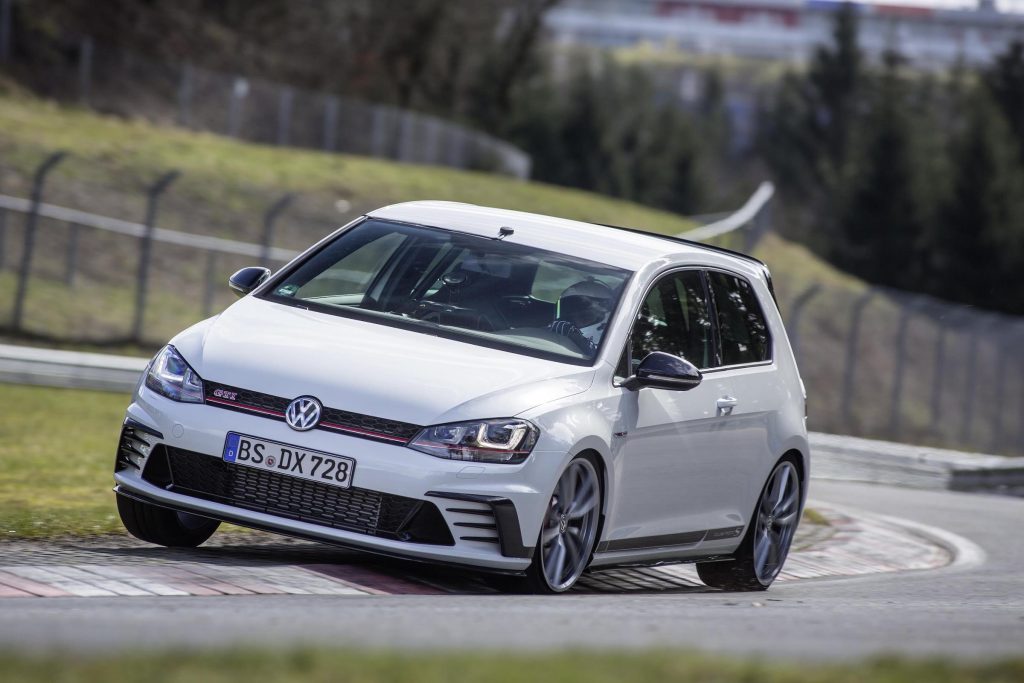
The most succinct way to describe the Golf Clubsport S, launched in 2017, is that it’s Volkswagen’s R26.R. And it’s one of very few hot hatchbacks that comes close to the experience provided by Renault’s genre-defining hatch too.
It was a bit of a bolt from the blue from Volkswagen actually, and rather awkwardly set the bar at such a level for the brand that they’ve not got close with any hot hatch since.
The S, which managed to lap the ‘Ring in 7min 47sec, undercut the regular Clubsport by 30kg (with the obligatory absent rear seats), and lifted power to 306bhp through the front wheels alone. It also featured numerous chassis revisions which brought the Golf to life. The latest Mk8 Golf GTI isn’t even in the same postcode for involvement and fun.
Read more
9 stunning coupés we were cruelly denied
Gold standard: Renault Clio Williams sells for £64,000 at auction
2023 Porsche 911 GT3 RS review: As close as it gets to a Le Mans-ready racer
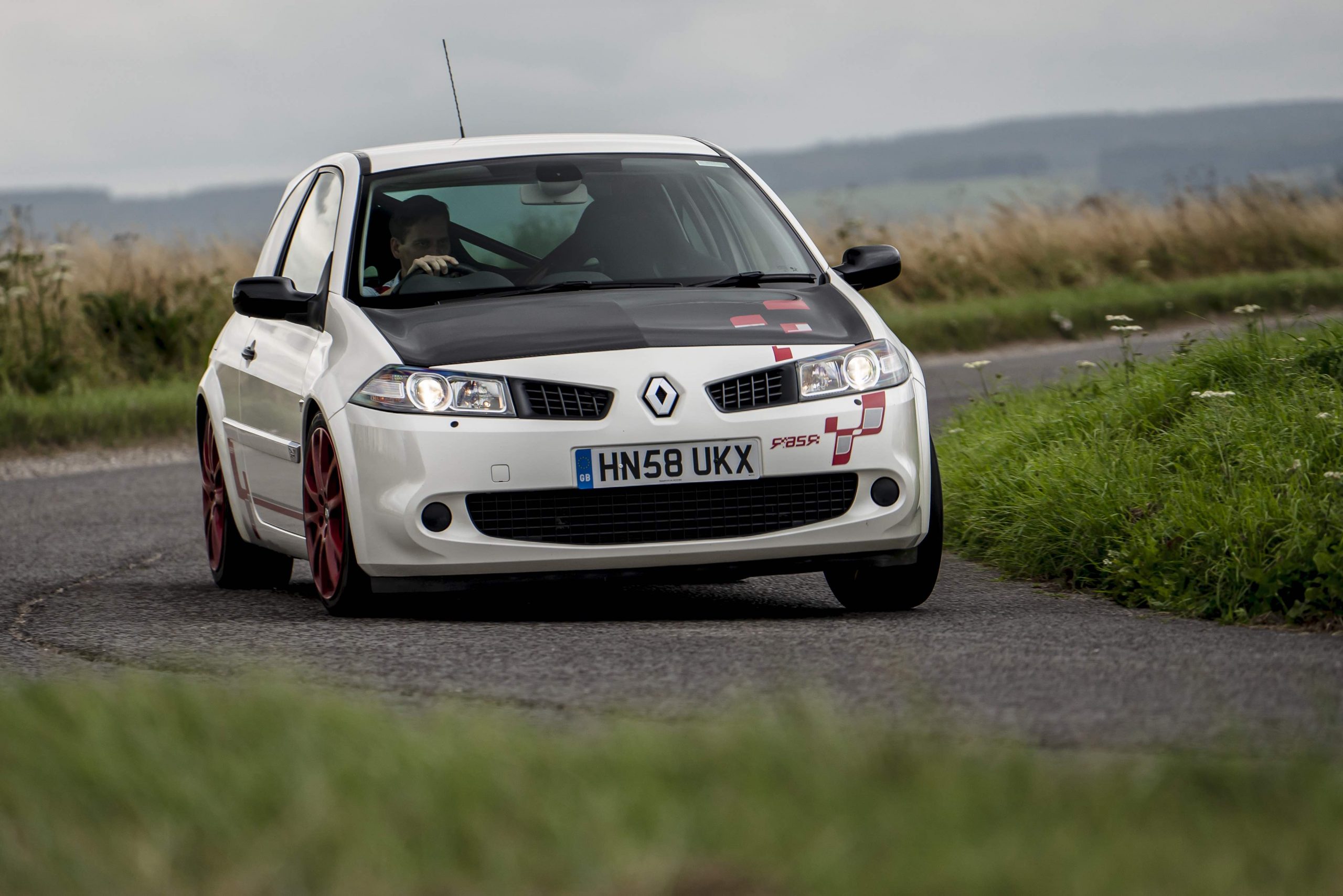
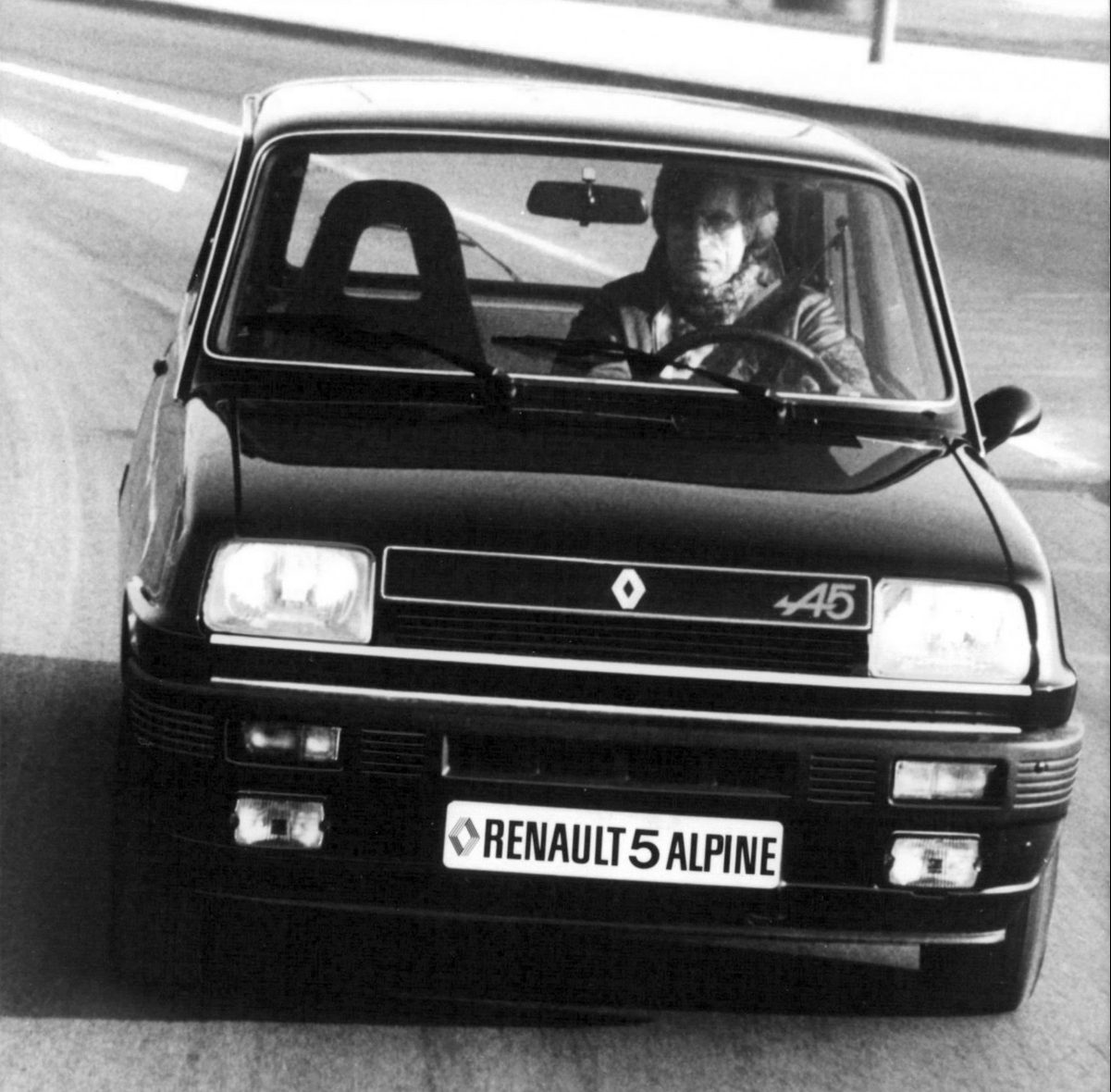
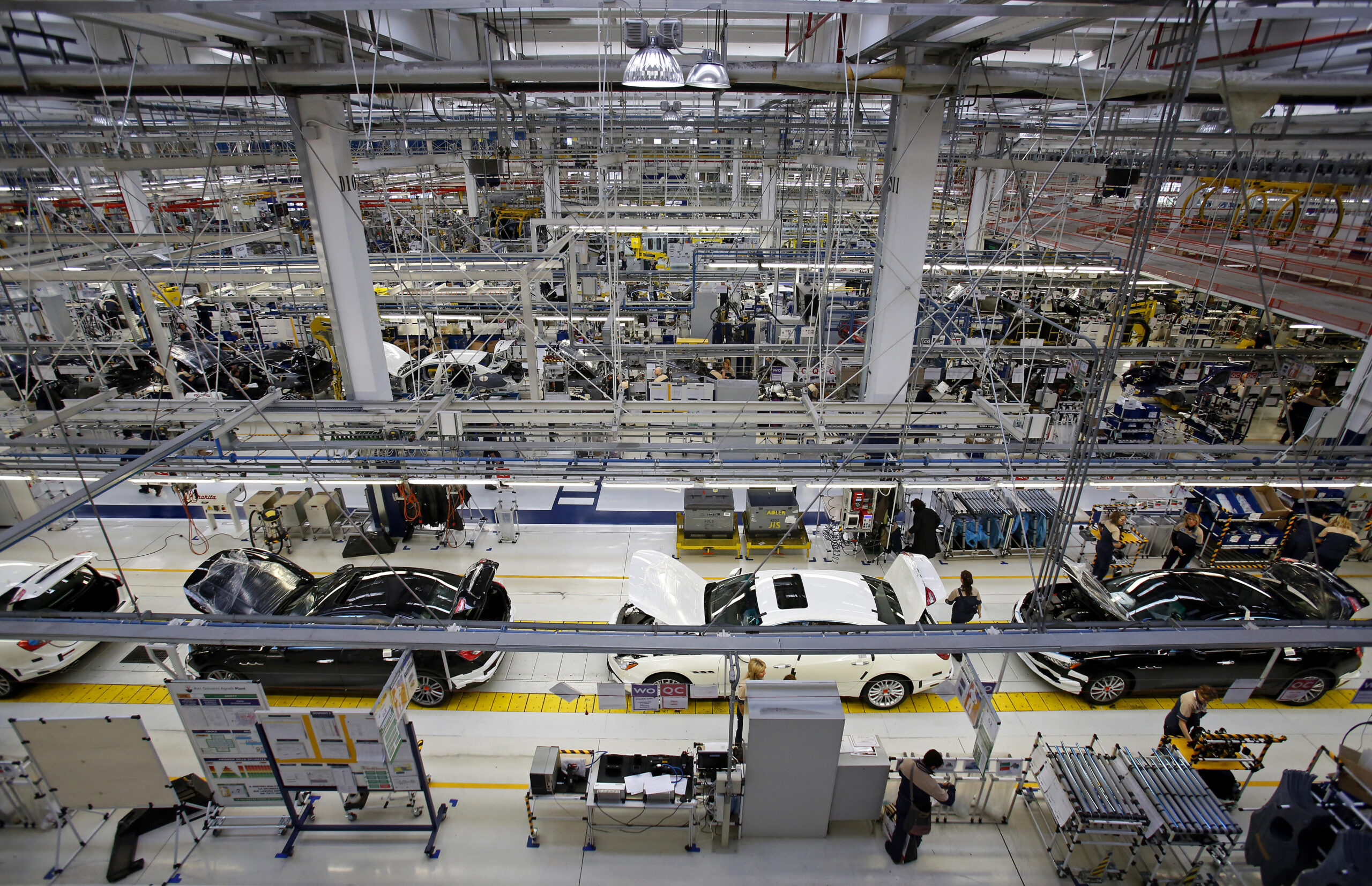







The Audi TT Sport 225 was a 4 cylinder 1800, not a V6.
Hi Stephen, I think you might have misread that – the copy mentions the extra power from the 1.8 turbo, and says the car got its bodykit – not its engine – from the V6.
Oops, I meant 1.8 litre 225 uprated to 237, obvs.